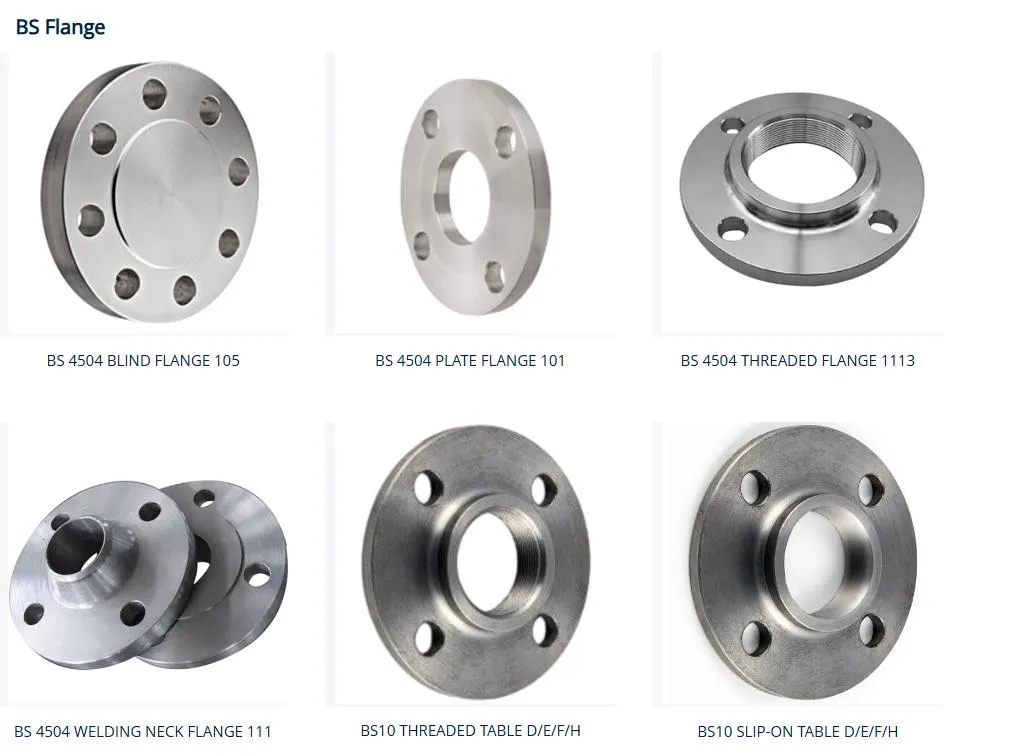-
Cangzhou Yulong Steel Co., Ltd.
-
Phone:
+86 13303177267 -
Email:
admin@ylsteelfittings.com
- English
- Arabic
- Italian
- Spanish
- Portuguese
- German
- kazakh
- Persian
- Greek
- French
- Russian
- Polish
- Thai
- Indonesian
- Vietnamese
- Zulu
- Korean
- Uzbek
- Hindi
- Serbian
- Malay
- Ukrainian
- Gujarati
- Haitian Creole
- hausa
- hawaiian
- Hebrew
- Miao
- Hungarian
- Icelandic
- igbo
- irish
- Japanese
- Javanese
- Kannada
- Khmer
- Rwandese
- Afrikaans
- Albanian
- Amharic
- Armenian
- Azerbaijani
- Basque
- Belarusian
- Bengali
- Bosnian
- Bulgarian
- Catalan
- Cebuano
- China
- China (Taiwan)
- Corsican
- Croatian
- Czech
- Danish
- Esperanto
- Estonian
- Finnish
- Frisian
- Galician
- Georgian
- Kurdish
- Kyrgyz
- Lao
- Latin
- Latvian
- Lithuanian
- Luxembourgish
- Macedonian
- Malgashi
- Malayalam
- Maltese
- Maori
- Marathi
- Mongolian
- Myanmar
- Nepali
- Norwegian
- Norwegian
- Occitan
- Pashto
- Dutch
- Punjabi
- Romanian
- Samoan
- Scottish Gaelic
- Sesotho
- Shona
- Sindhi
- Sinhala
- Slovak
- Slovenian
- Somali
- Sundanese
- Swahili
- Swedish
- Tagalog
- Tajik
- Tamil
- Tatar
- Telugu
- Turkish
- Turkmen
- Urdu
- Uighur
- Welsh
- Bantu
- Yiddish
- Yoruba

Oct . 18, 2024 16:49 Back to list
Bending Techniques for Round Steel Tubing in Structural Applications and Projects
Bending Round Steel Tubing An Essential Guide
Bending round steel tubing is a crucial process in various industries, from construction and automotive to manufacturing and architecture. Steel tubing is favored for its strength, durability, and versatility. However, bending it accurately presents challenges that require specialized techniques and equipment. This article explores the key aspects of bending round steel tubing, its applications, methods, and considerations for achieving optimal results.
Understanding Round Steel Tubing
Round steel tubing refers to hollow steel sections with a circular cross-section. Its strength-to-weight ratio makes it desirable in numerous applications, including structural support, frames, and braces. The tubes can be produced in various grades and diameters, which influences their bending capabilities. Properly understanding the properties of the specific tubing you are working with is essential for selecting the right bending method.
Applications of Bending Round Steel Tubing
Bending round steel tubing is employed across diverse sectors. In architecture, it is used for decorative railings, awnings, and support structures that require seamless curves. The automotive industry frequently implements bent steel tubing for frames, roll cages, and exhaust systems due to its ability to withstand high stress while remaining lightweight. Additionally, it is crucial in manufacturing equipment, furniture, and frameworks where aesthetics and functionality intersect.
Bending Methods
There are several methods for bending round steel tubing, each with its own advantages and limitations
1. Cold Bending This method involves bending steel at room temperature. Cold bending is often preferred for smaller diameter tubes, as it helps retain the structural integrity of the metal without causing significant deformation. However, it can be limited in terms of the angles achievable.
2. Hot Bending In contrast, hot bending involves heating the tubing to high temperatures before bending. This process allows for greater flexibility and is suitable for larger diameter tubes or more complex bends. However, careful temperature control is necessary to prevent compromising the material's strength.
3. Mandrel Bending Mandrel bending provides increased accuracy and smoothness in the bend by using a support structure (mandrel) inside the tube. This method minimizes wall thinning and maintains the cross-sectional shape, making it ideal for critical applications that require precision.
bending round steel tubing

4. Roll Bending This technique utilizes three rollers to achieve bends of varying radii. Roll bending is advantageous for producing large-radius curves, commonly seen in tubing for railings or architectural features.
5. Hydraulic Bending Leveraging hydraulic machines, this method can precisely control the bend radius and angle. Hydraulic bending is particularly effective for high-volume production and offers consistency in results.
Considerations for Bending Round Steel Tubing
When bending round steel tubing, several critical factors must be taken into account
- Bend Radius The radius of the bend can significantly affect the structural integrity of the tube. A tighter radius may lead to deformation, particularly in thicker-walled tubing. Generally, a larger bend radius is preferred to reduce stress concentration.
- Wall Thickness Thinner walls can allow for tighter bends; however, they are more susceptible to buckling or collapsing. Conversely, thicker walls offer durability but require larger bend radii.
- Material Properties Different grades of steel exhibit varying levels of flexibility and tensile strength. Therefore, knowing the material specifications is crucial for selecting the appropriate bending technique.
- Post-Bending Treatment In some cases, post-bending treatments like annealing or surface finishing may be necessary to enhance the material properties and appearance after bending.
Conclusion
Bending round steel tubing is a critical process with extensive applications across various industries. Each bending method offers distinct advantages, which should be carefully considered based on the specific project requirements. By understanding the properties of the tubing and the methods available, manufacturers and artisans can achieve precise and efficient bending, ensuring that the final product meets both aesthetic and functional needs. As technology evolves, innovations in bending techniques will continue to enhance capabilities, driving forward the uses of round steel tubing in modern design and construction.
Latest news
-
ANSI 150P SS304 SO FLANGE
NewsFeb.14,2025
-
ASTM A333GR6 STEEL PIPE
NewsJan.20,2025
-
ANSI B16.5 WELDING NECK FLANGE
NewsJan.15,2026
-
ANSI B16.5 SLIP-ON FLANGE
NewsApr.19,2024
-
SABS 1123 FLANGE
NewsJan.15,2025
-
DIN86044 PLATE FLANGE
NewsApr.19,2024
-
DIN2527 BLIND FLANGE
NewsApr.12,2024
-
JIS B2311 Butt-Welding Fittings LR/SR 45°/90° /180°Seamless/Weld
NewsApr.23,2024











